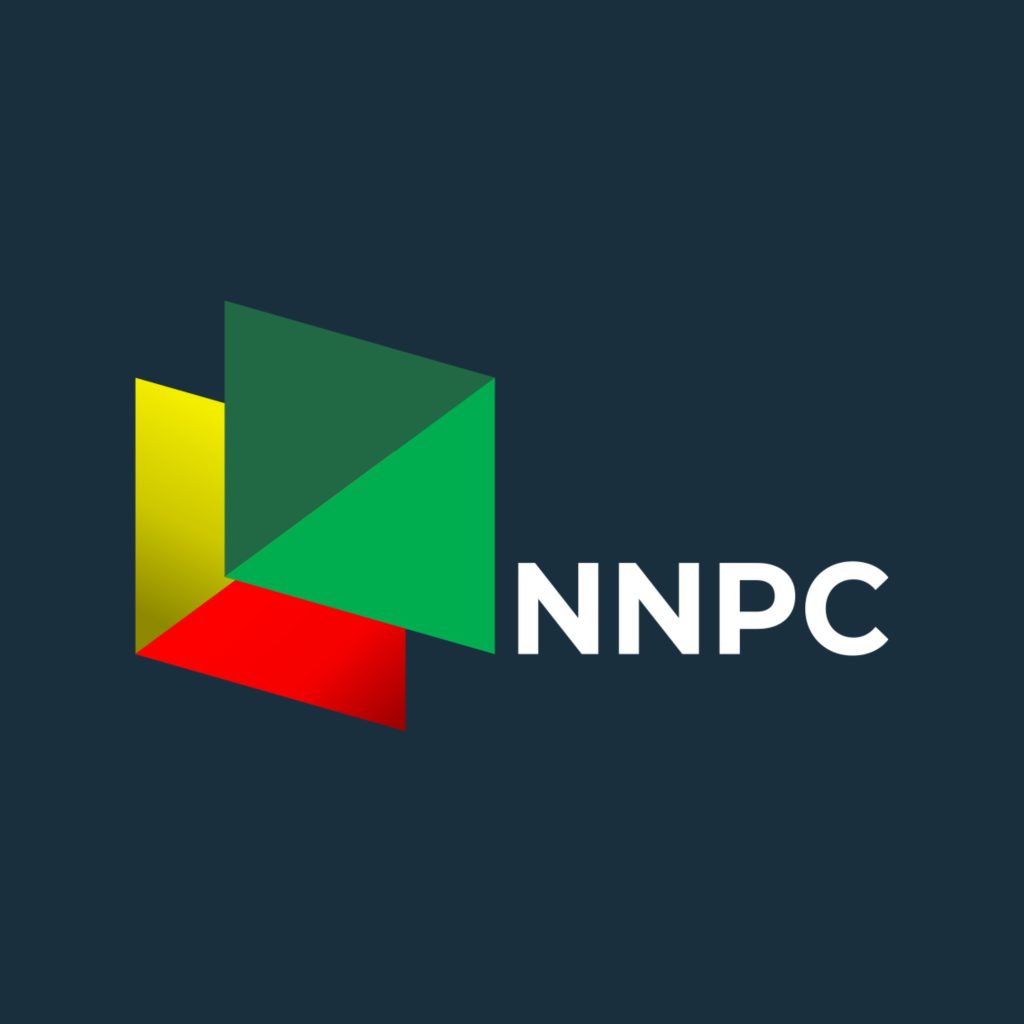As of September 2024, the Federal Government’s indebtedness to the Nigerian National Petroleum Company Limited (NNPCL) has surged to ₦7.74 trillion. This debt arises from exchange rate differentials incurred during the importation of Premium Motor Spirit (PMS), commonly known as petrol, between June 2023 and September 2024. The subsidy aimed to maintain a stable retail price for consumers despite fluctuations in foreign exchange rates and international oil prices.
Breakdown of Exchange Rate Differentials
The exchange rate differential refers to the disparity between the projected exchange rate used for budgeting fuel imports and the actual rate at the time of transaction. This difference, absorbed by NNPCL to stabilize petrol prices, has accumulated over time due to the volatility of the Nigerian Autonomous Foreign Exchange Market (NAFEM). A detailed analysis reveals that while the total exchange rate differential amounted to ₦10.499 trillion, NNPCL managed to recover ₦2.756 trillion between November 2023 and September 2024, leaving an outstanding balance of ₦7.74 trillion.
Government’s Plan for Debt Settlement
In response to the mounting debt, the Federal Government has outlined a strategy to settle the ₦7.74 trillion subsidy debt within a 210-day timeframe. This plan was presented by NNPCL during the Federation Account Allocation Committee (FAAC) meeting in February 2025. The settlement approach underscores the government’s commitment to addressing the financial obligations arising from fuel subsidies and ensuring the financial stability of NNPCL.
Historical Context of Subsidy Claims
The subsidy debt has seen a significant increase over the months, reflecting the challenges posed by exchange rate volatility. Starting with an outstanding balance of ₦1.29 trillion, the debt escalated to ₦1.402 trillion in June 2023 and continued its upward trajectory, reaching ₦7.74 trillion by September 2024. This trend highlights the financial strain on NNPCL in its efforts to stabilize petrol prices amidst fluctuating forex rates.
Expert Opinions on Subsidy Debt
Energy experts have expressed concerns regarding the subsidy debt and NNPCL’s role in managing foreign exchange differentials. Wumi Iledare, an energy scholar, questioned the rationale behind the government’s obligation to cover NNPCL’s exchange rate differentials, considering that NNPCL sells oil on behalf of the government in foreign currency. He emphasized the need for clarity in NNPCL’s financial transactions and its fiscal relationship with the government.
FAAC’s Concerns Over Revenue Reporting
Members of the FAAC have raised issues regarding inconsistencies in NNPCL’s revenue reporting. The Ogun State Accountant-General, Tunde Aregbesola, pointed out a significant decline in revenue compared to previous months and highlighted discrepancies in NNPCL’s financial records. These concerns have prompted calls for a thorough reconciliation process to ensure transparency and accuracy in subsidy-related financial reporting.
Impact of Exchange Rate Fluctuations on Subsidy
The devaluation of the naira has significantly impacted the cost of fuel imports, leading to higher subsidy claims by NNPCL. For instance, the subsidy bill escalated from ₦52.73 billion in August 2023 to ₦665.60 billion in November 2023, correlating with the depreciation of the naira. This scenario underscores the sensitivity of subsidy costs to exchange rate movements and the broader implications for Nigeria’s fiscal stability.
Government’s Measures to Address Subsidy Challenges
In light of the escalating subsidy debt, the government has initiated several measures to mitigate the financial burden. President Bola Tinubu approved NNPCL’s request to utilize the 2023 dividends due to the federation to offset petrol subsidy costs. Additionally, the government suspended the payment of 2024 interim dividends to augment NNPCL’s cash flow, reflecting a strategic approach to managing subsidy-related expenditures.
Future Outlook on Fuel Subsidies
The substantial subsidy debt has reignited discussions on the sustainability of fuel subsidies in Nigeria. While subsidies aim to cushion consumers from high fuel prices, the financial burden on the government raises concerns about fiscal sustainability. The ongoing debate emphasizes the need for comprehensive reforms in the downstream oil sector to balance consumer protection with economic viability.
Conclusion
The escalation of the Federal Government’s subsidy debt to NNPCL to ₦7.74 trillion as of September 2024 highlights the complex interplay between fuel subsidies, exchange rate fluctuations, and fiscal responsibility. Addressing this challenge requires a multifaceted approach, including transparent financial reporting, strategic debt settlement plans, and a reevaluation of subsidy policies to ensure economic sustainability.













